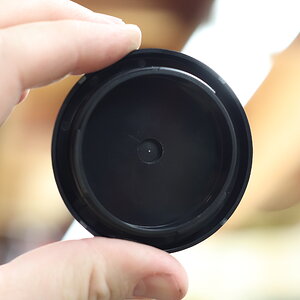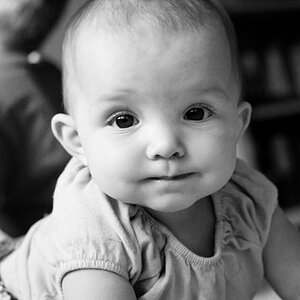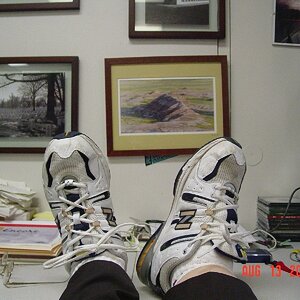jaomul
Been spending a lot of time on here!
- Joined
- Feb 4, 2011
- Messages
- 5,715
- Reaction score
- 1,554
- Location
- Cork Ireland
- Can others edit my Photos
- Photos OK to edit
Just be careful on the weather sealed part. The 18-55 is, I'm not sure about the 55-300. I believe there us a weather sealed version, not sure if this is the one.
jamoul I stayed up waaaay too late last night reading up on the K5 and I can't thank you enough for pointing it out to me! It ranks up with the Canon D70 and Nikon D7100 at a fraction of the cost. Yeah it doesn't have the bells and whistles but it has the image quality that's what matters to me. With everyone moving to the K-3 they are a bargain and I never considered I could have afforded a camera at this level. Thank you!
Great stuff. Enjoy your new toy. Don't forget to come back here to post shots









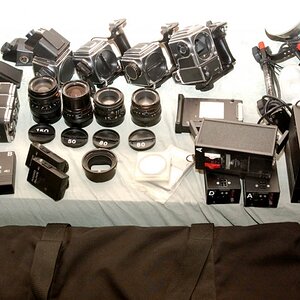
![[No title]](/data/xfmg/thumbnail/32/32709-80f0f0432fd5ec548a3efdb60ef77d46.jpg?1619735613)
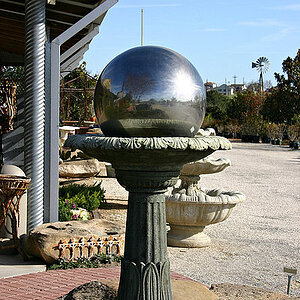

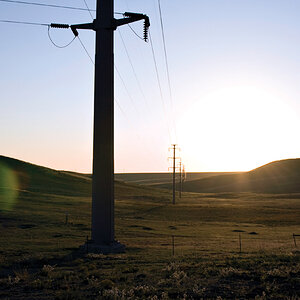
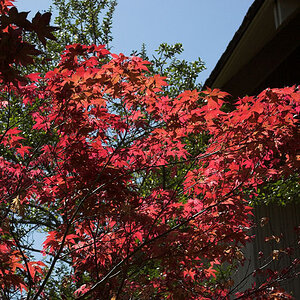
![[No title]](/data/xfmg/thumbnail/32/32708-c55da623febe9d91efe5f28aa54c3090.jpg?1619735612)
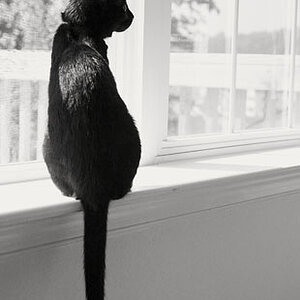
![[No title]](/data/xfmg/thumbnail/42/42348-b961c40032587da9952402de14b5976a.jpg?1619740146)
